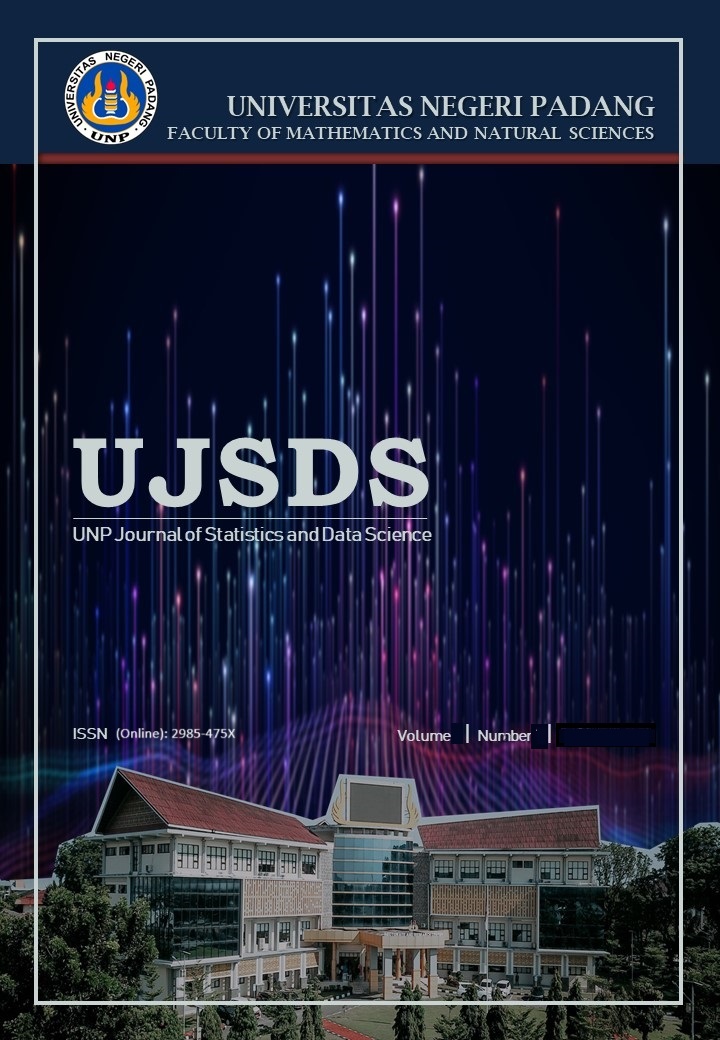Survival Analysis of Heart Failure Patients Using the Cox Proportional Hazard Model And Weibull Regression
DOI:
https://doi.org/10.24036/ujsds/vol3-iss2/351Keywords:
Cox Proportional Hazard, Heart Failure, Risk Factors, Regresi Weibull, Survival AnalysisAbstract
Cardiovascular disesase is the leading cause of death globally, claiming around 17,9 million lives each year, accounting for 31% of all deaths worldwide. Hearth failure is a common event caused by cardiovascular disease. Hearth failure is one of the principal health issues with excessive mortality and morbidity costs. Heart failure is the main reason of mortality worldwide. This take a look ambitions to analyze the factors influencing the survival of heart failure patients using the Cox proportional hazard Cox (PH) model and the Weibull regression. The main purpose of this study is to provide information on the causes of heart failure deaths and what effects occur when having heart disease. It is hoped that the results of this study can provide the general public to be more careful in order to prevent heart failure disease. The data used are secondary data from Kaggle consisting of 299 patients with the variables anemia, diabetes, hypertension, gender and smoking status. The analysis showed that only hypertension significantly increased the risk of events in both models, whereas other variables were not statistically significant. The selection of the best model is based on the assumptions of proportional hazard, flexibility, and Akaike information criterion (AIC) values. The Cox-PH model was chosen as the model of choice because it is more flexible and does not require certain fundamental assumptions regarding risk distribution. This study provides important insight into the risk factors that influence the prognosis of heart failure patients.
Downloads
Published
How to Cite
Issue
Section
License
Copyright (c) 2025 Rahmika Alya, Tessy Octavia Mukhti, Sri Wahyuni, Bunga Miftahul Barokah, Azizah Apriyerni

This work is licensed under a Creative Commons Attribution 4.0 International License.










